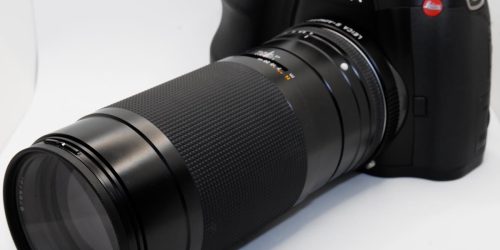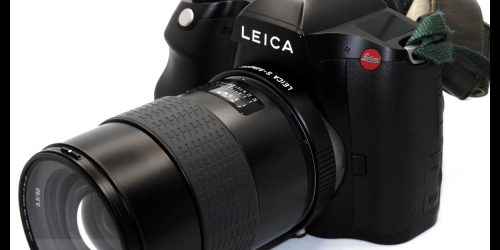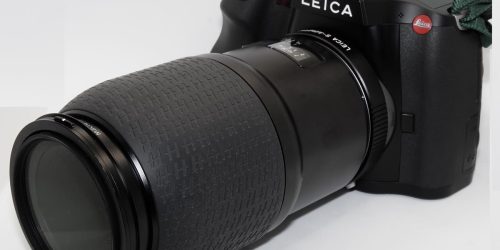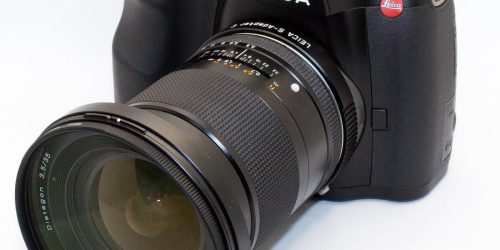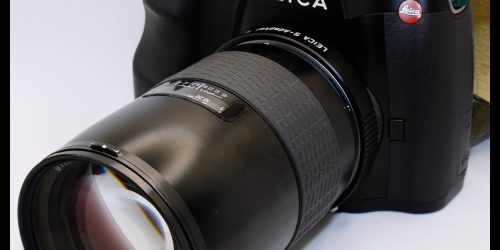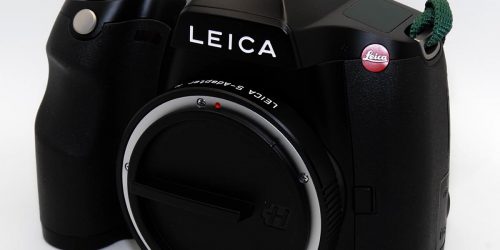Leica S Focusing Screen
Review of Focusing Screen for LEICA S
- LEICA S Focusing Screen Lineup
- Obtaining a LEICA S Screen
- Features of the LEICA S Screen
- Small Talk on Screen
LEICA S Focusing Screen Lineup
- Universal Screen: 16000
- Microprismatic screen: 16001
- Grid screen: 16002
Obtaining a LEICA S Screen
I like to change the focusing screen, which is the best part of SLR cameras, and I buy a new screen for every camera I use. There was a time when screens for SLR cameras made in Japan could be easily purchased for as little as 2,000 yen, but not for Leica cameras. In particular, screens for the LEICA S cost about $400 to $450 in the United States, or more than 60,000 yen per screen when the dollar-yen exchange rate is 140 yen to the dollar. In Japan, they were priced at 30,000 yen at the time of release, but the price has been revised to 50,000 yen. However, if there was stock available, it could still be obtained for about 40,000 yen. However, as of 2023, there are almost no such products on the market, and with the demise of the LEICA S, the screen for the S was also discontinued.
The S microprism screen (16001) introduced here was obtained via the United States. Including shipping, exchange rate difference, and customs duty, the cost was about 80,000 Japanese yen, which made me realize the weakness of the yen against the US dollar in 2023.
The USPS tracking of the shipment is attached below, but it took 10 days from NY to Japan. Since it is by air, it should arrive in Japan in one day if it is loaded, so it seems that it took time to wait for the luggage to be loaded onto the plane.
The 16002 came with the LEICA S that I bought used, so it was a good deal. 16000 came standard, but I never used it with the S typ007 because I used it with the 16002.
Features of the LEICA S Screen
The second photo, 16002, has a grid on the screen, which makes it easier to compose the image, and I feel that this one is better suited for wide-angle lenses.
The third and fourth photos are 16001, which has a microprism in the center of the image, which makes it look like a double image from a rangefinder camera. The focus position is at the point where these images meet, and the screen is designed to focus on the subject. The third photo is in focus, and if the image is out of focus, it will look like photo 4.
This one was purchased for use with SUMMICRON-S100 and HC100mm. It is inevitable that the sunset composition increases because of the center focus.
The 16000 universal screen is a screen that comes standard with the LEICA S series and can be used universally, with no special features. I was too busy with the sensor surface roughness problem when I was using S2 and SE. It looked neither good nor bad.
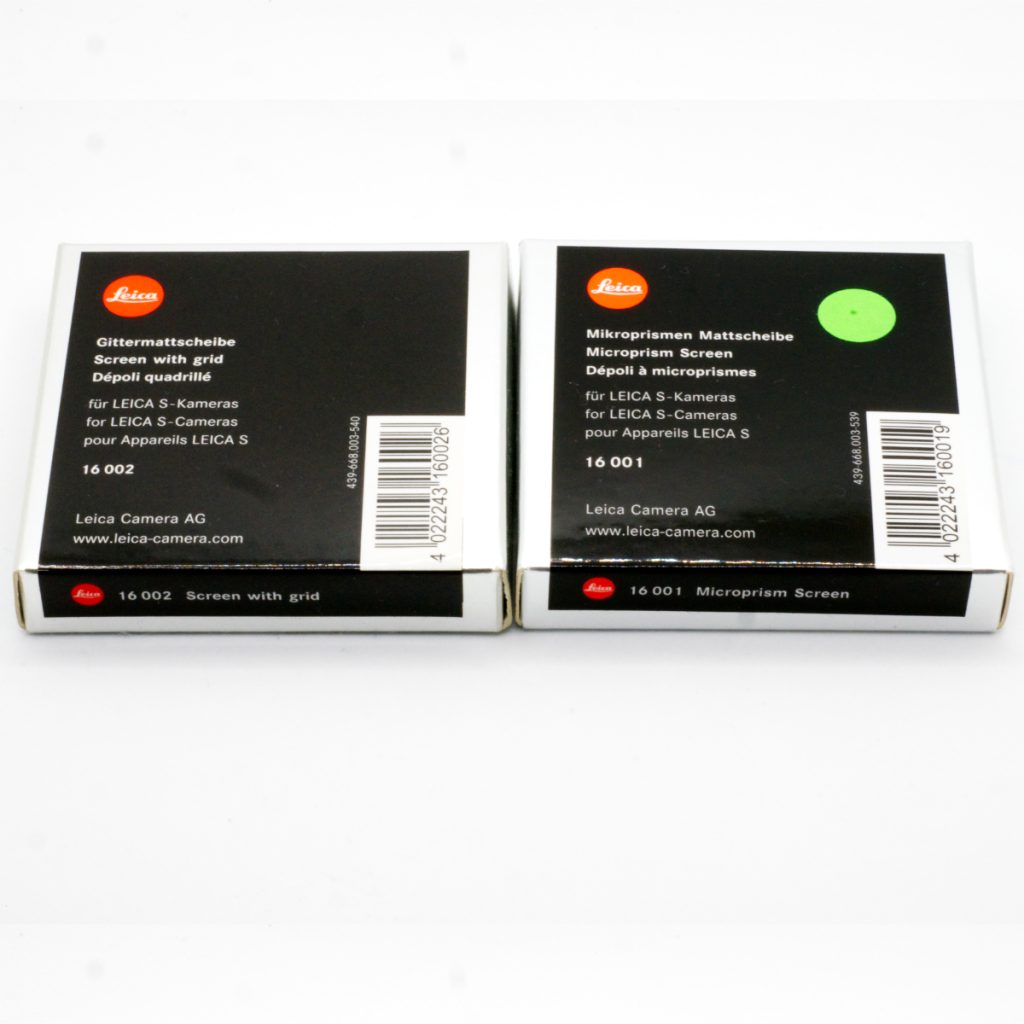
オプションのスクリーン箱
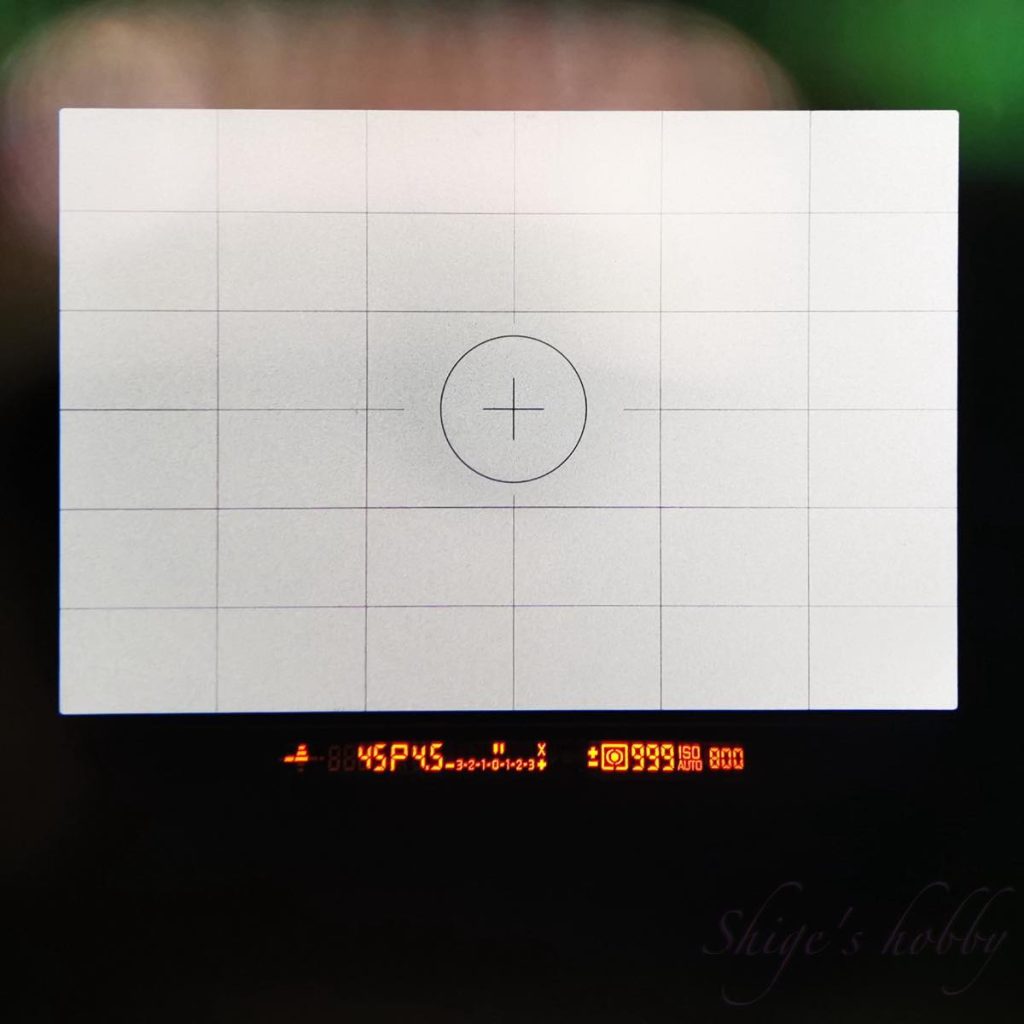
グリッドスクリーン
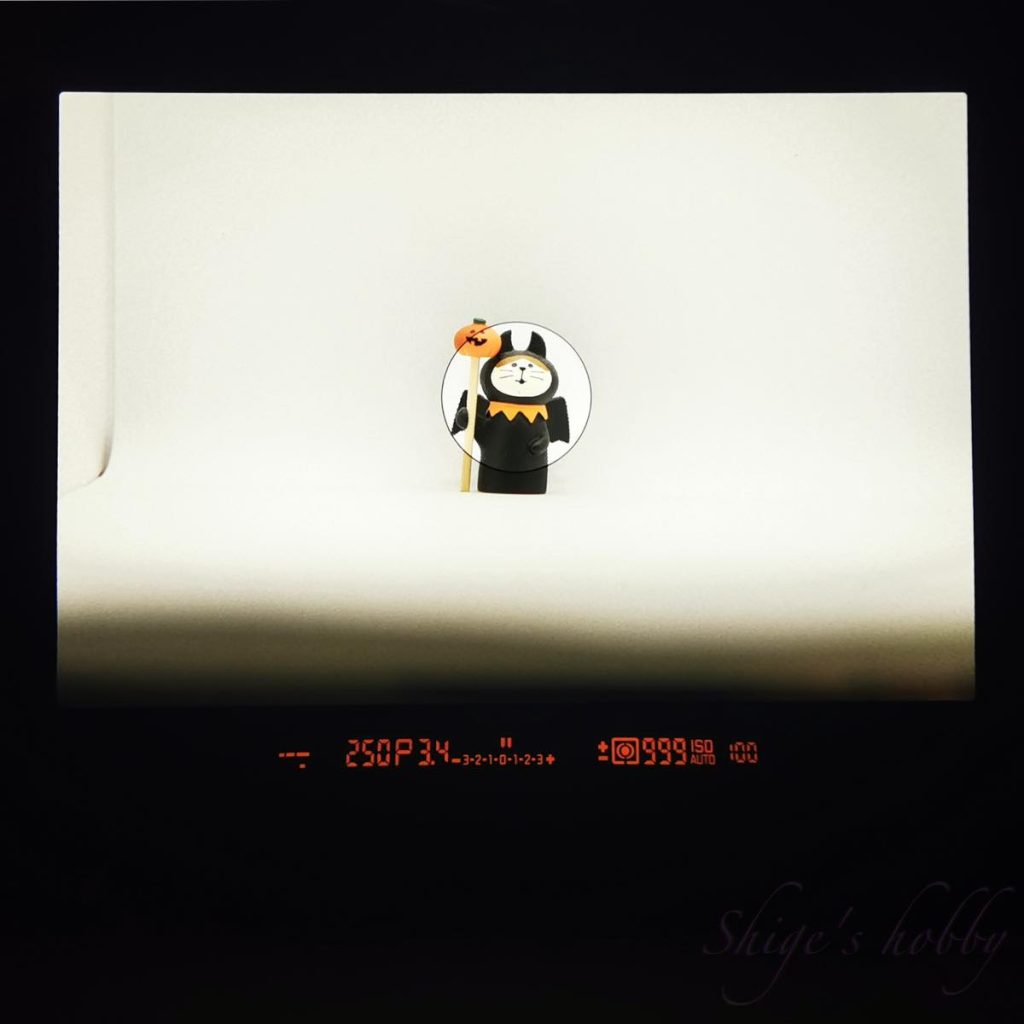
マイクロプリズムスクリーン・合焦
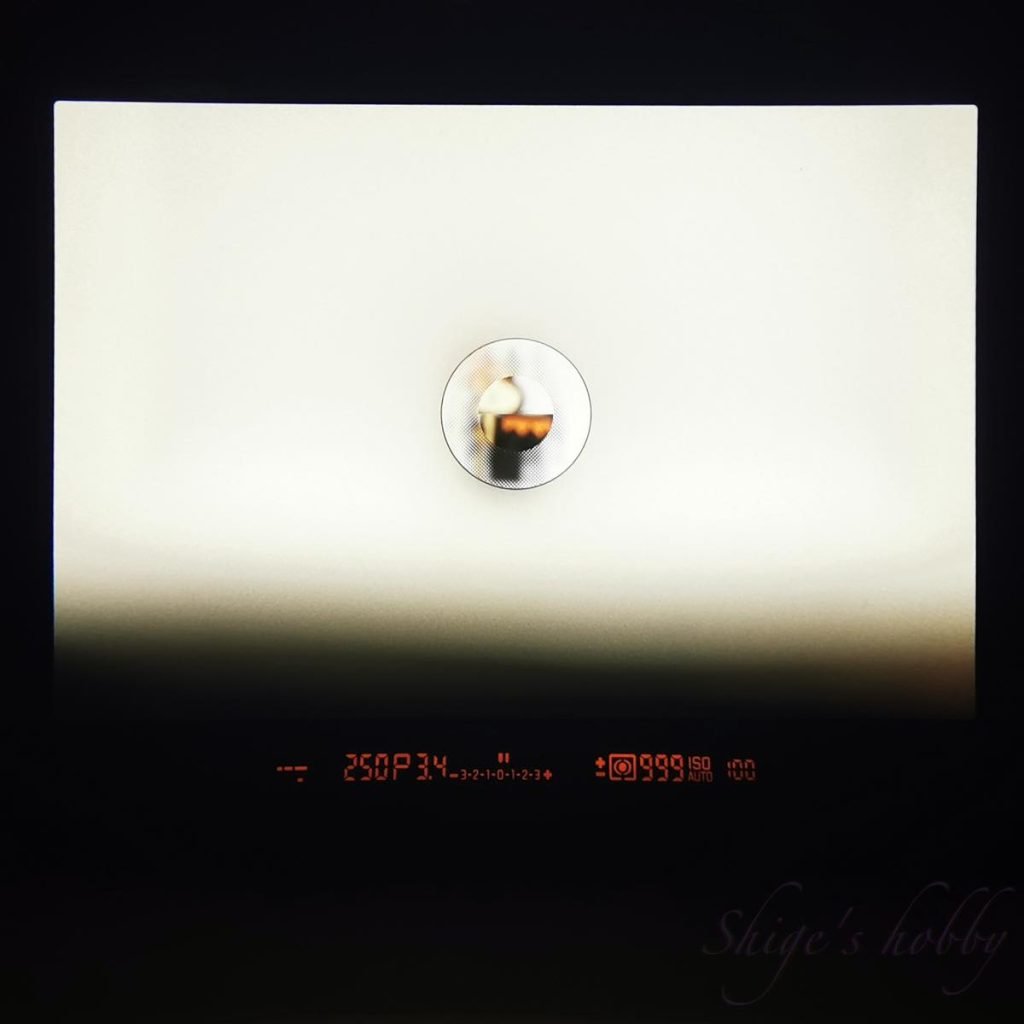
マイクロプリズムスクリーン・非合焦
Small Talk on Screen
With the demise of SLR cameras, there is no longer a need to play with these options.
The EVF of a mirrorless camera can be programmed by the camera to display magnification, grids, levels, focus peaks, partial magnification, etc., making it easy to do things that are difficult to do with an optical viewfinder. In fact, the X2D’s viewfinder is very well designed. The optical viewfinder has the advantage of allowing the user to enjoy the view through the lens, but in terms of convenience, it is completely inferior to the EVF and has become a tool for hobbyists.
The viewfinder of Minolta (now Sony) is highly regarded for its optical viewfinder, and the viewfinder of the α7 film camera was well made. The viewfinder of its successor, the α900 digital camera, was also quite good.
I remember that the viewfinders of Nikon and Canon, the leading film cameras, were not so impressive.
The viewfinder of the Leica R8 is a manual focus camera, and perhaps due to its Minolta heritage, I had no trouble with the focusing accuracy of the SUMMILUX 80/F1.4 and APO SUMMICRON-R 90.
Up to date
- 2023.08.04
